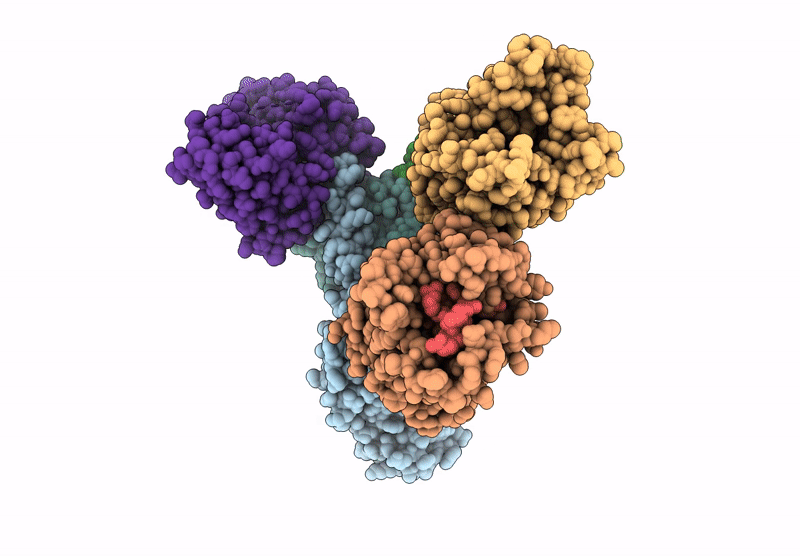
Deposition Date
2024-01-05
Release Date
2025-01-22
Last Version Date
2025-07-02
Entry Detail
PDB ID:
8XQE
Keywords:
Title:
Cryo-EM structure of human dimeric APJR-Gi complex with apelin-13.
Biological Source:
Source Organism:
Homo sapiens (Taxon ID: 9606)
Host Organism:
Method Details:
Experimental Method:
Resolution:
3.48 Å
Aggregation State:
PARTICLE
Reconstruction Method:
SINGLE PARTICLE


